The Journey
Three Oklahoma ranchers share their regenerative agriculture experiences and best advice for those on the Journey.
Some set out on journeys with intention and focus, while others find themselves on unexpected paths. Sometimes it’s out of necessity, while other times out of a driving desire to do better.
When it comes to regenerative agriculture, the road is often paved with uncertainty, risk and a divergence from tradition. Practices that once seemed tried and true may actually contribute to the problem instead of solving it.
Hope for this particular journey is found in those who stepped into the unknown first, who acted on faith early. They speak of what they have seen along the way — of how they have drastically reduced or eliminated their need to buy fertilizer. Of how their soils hold more water for longer amounts of time, even through drought. These are the men and women who are rethinking what has been done in agriculture and reshaping what will be done. They are inspiring a new generation of agricultural producers focused on making decisions that impact the entire ecosystem, not just a singular element.
The regenerative agriculture journey continues along a spectrum, moving individuals from conventional practices to regenerative, which focus on restoring degraded soils. It has no endpoint and looks different for everyone. Those who are on the journey warn that there is no such thing as easy answers, but they don’t mind asking the tough questions. And they don’t mind failing. They say you can learn as much from your failures as your successes. Most importantly, they will tell you — don’t walk alone.
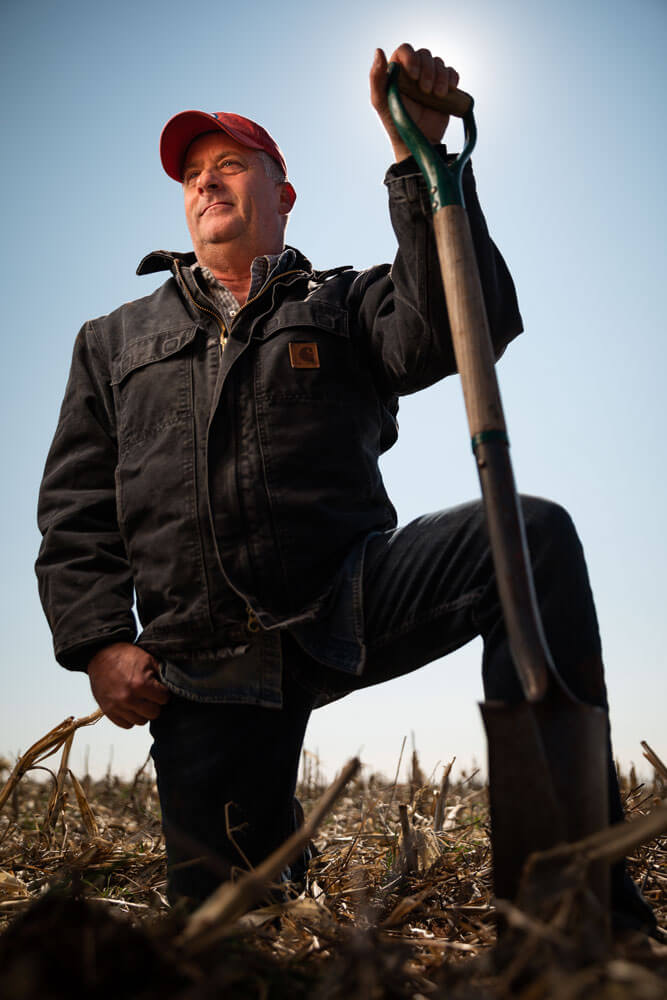
What is Regenerative Agriculture?
Direction Over Perfection
Regenerative agriculture is the process of restoring degraded soils using practices based on ecological principles.
Regenerative agriculture promotes:
- Building soil organic matter and biodiversity.
- Healthier and more productive soil that is drought- and flood-resilient.
- Decreased use of chemical inputs and subsequent pollution.
- Cleaner air and water.
- Enhanced wildlife habitat.
- Capturing carbon in the soil to combat change.
Regenerative agriculture is a journey, not a destination. It’s about moving in the right direction, not perfection. Noble is working to help producers find research-based answers to the questions they face when improving the land.
Russ Jackson rented his first farm as a high school junior. More than three decades later, the third generation farmer from Mountain View, Oklahoma, notes he had only been taught to pick up a shovel and take a closer look at the soil within the last 10 years.
When he began his journey into regenerative agriculture in 2006, soil health was not on the agenda. He and his father were primarily growing wheat and stocker cattle, and they realized they needed to figure out a way to reduce costs with the price of fuel and other inputs rising and the labor pool shrinking.
The father and son decided to rotate in some additional crops, starting with canola then cotton, and to try no-till. They had seen the two practices used in South Dakota, where Jackson’s father had traveled to help harvest fields since he was a teenager. They figured if it could work in a place that received half the rainfall as their part of Oklahoma, they could give it a try.
The first two years of no-tilling were tough, Jackson recalls, but they began to see definite changes. The first was slowed erosion. They continued by pushing double crops of milo or soybeans after harvesting wheat, keeping a live root in the ground.
“It took five years to get in the right mindset and headed in the right direction,” Jackson says. “But still, we weren’t thinking much about soil health.”
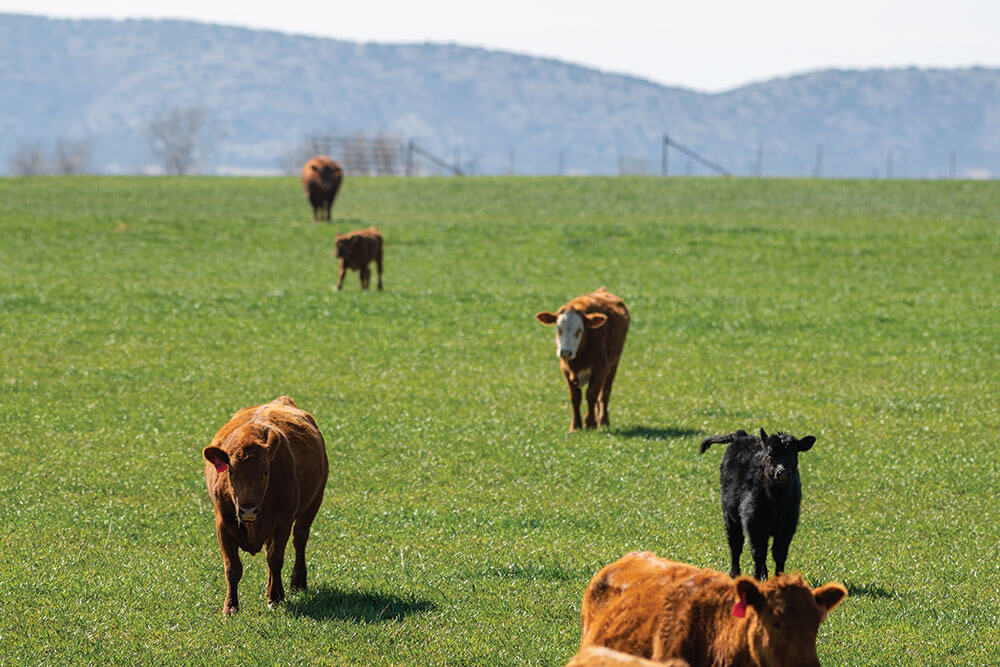
In 2014, Jackson saw that his yields had plateaued again. He heard about the No-Till on the Plains conference and, after more than a year of considering it, he decided to book a hotel room and go. He intended to find a product he could buy to improve his crop, he says. What he found was that much of the conversation was on soil health, including cover crops and backing off from fertilizer.
“It was like trying to drink out of a fire hose for someone who hadn’t been around that much information since college,” Jackson says.
One of the speakers was Jimmy Emmons, who farms in northwestern Oklahoma, or what Jackson calls “far from premier farm country.”
“He had done all this research on what improving soil health was doing for water infiltration,” Jackson says. “He had lots of data. It woke me up to the change I needed to make.”
Jackson began incorporating cover crops, which he now considers part of his regular crop rotations. His goal is to never leave ground bare, one of the foundational principles of soil health, and he is always working on tightening those rotations so that he can get the right timing down for moisture while also getting dual use out of the crops.
For example, in February, a few cows grazed in a field with volunteer rye starting to sprout green growth amongst corn residue. The corn, which had been harvested for grain in December, was planted behind rye that had been harvested in June. Before that, the field grew cotton and then triticale. Heifers had given birth to their first calves on that triticale. And this June, Jackson plans to plant soybeans or cowpeas in this field.
Find someone who knows what they’re talking about. It really helps when you have someone early on with a shovel who can show you that you’re making gains. I also wish I would have put some soil in an air-tight bag when I started so I could see how much it has improved. I know there has been a world of difference.”
Russ Jackson
“I like crops that have dual purposes — grain and grazing,” Jackson says. “If something fails, I like to be able to have another use for it.”
Increasing soil health has enabled Jackson to gradually reduce fertilizer and chemical pesticides, which has saved him time and money. It also contributes to — and is a direct result from — rebuilding a more resilient land resource that depends on what nature already provides.
“Right now, I could order a semi-load of chemical every day. But the way the times are, I don’t think it’s always going to be that way,” Jackson says. “It’s time to plan for managing weeds and pests in a different way. That’s not going to happen overnight, so we have to start somewhere.”
One way Jackson believes he can manage weeds and pests is to use his cattle more strategically. He currently plants a mix of species — often including oats, triticale, peas, turnips and radishes — in his pastures, which adds biodiversity, and he rotationally grazes cattle on the cropland covers. In the future, he plans on making rotational grazing a more prominent part of his program across both cropland and pastures. The challenge is ensuring he has enough water for cattle in smaller paddocks.
“I may have to cut back hard on cattle numbers to get to where I’m going,” he says. “That’s a big decision. Change doesn’t get any easier.”
Organic matter is critical for moisture conservation. It’s the best insurance we can have for a growing crop.”
Bruce Reynolds
After more than 12 years on the regenerative journey, though, the changes have resulted in a stark improvement. The soil has darkened as it stores away more carbon, and today it sticks to the roots — becoming almost as one with the plant, a sign that living associations between the two are gaining strength.
“This soil used to be compact,” Jackson says, taking a shovel to the ground, which he says has become a daily addiction in the past six years. “Now it’s something you might find in your flower bed. I couldn’t have gotten here, though, if it weren’t for searching out help and just going for it.”
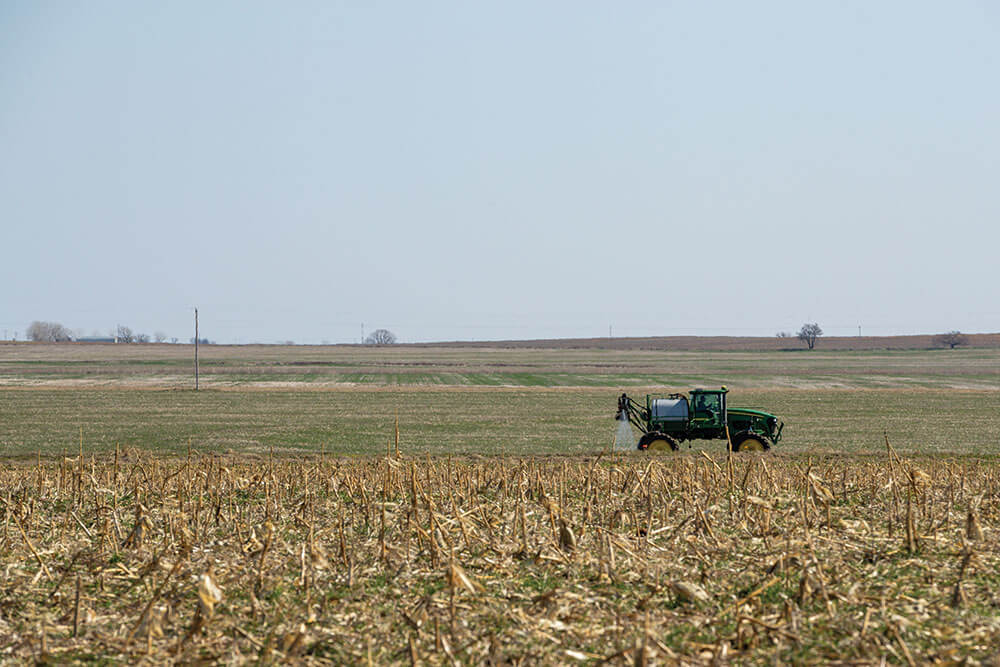
Noble Network
Find others on the road
The most valuable resource you can have when beginning the regenerative agriculture journey is other people. One way to find people is to reach out to organizations, like Noble Research Institute, that already have relationships with a network of like-minded producers as well as subject-matter experts. Connections can be built through conversations that take place during educational programs and other meetings or even online.
“We may be reluctant to go to a meeting when someone might tell us we’re doing it wrong, but go anyway,” says Russ Jackson, who says connections made through Noble’s network are beneficial for both the farm and friendship. “In the beginning, I was bound and determined to make all the mistakes on my own. You don’t have to do that.”
Instead, tap into the knowledge of those who are further along the road.
“It took me 10-12 years to get to where I am,” Jackson says. “With what we know now about cover crops and grazing, you could get there in half the time.”
Look Locally
“I spent a lot of time looking at what other people were doing in my area. Look around locally. Go to your conservation district, to NRCS or to Noble Research Institute to find other producers. Ask if you can shadow them for a day. You can learn a lot just driving around with them.” —Shane O’Daniel
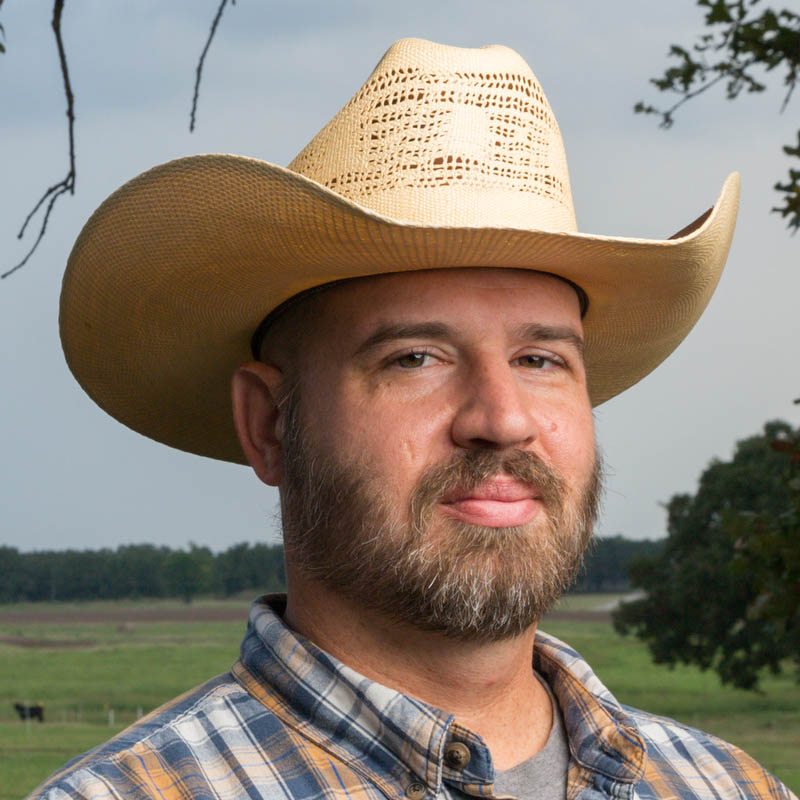
Cover Crops
A Tool for Soil Health
“Cover crops can be useful tools for improving the land. They can help us directly or indirectly satisfy any or all of the soil management principles: increasing plant diversity, covering the soil, minimizing disturbance, keeping a living root in the ground and integrating livestock. It’s important to remember that planting cover crops is a practice that helps us follow principles, not the principle itself. So, we need to use this tool with purpose and strategy. One of the first questions we often get is, ‘What cover crop do I plant?’ When deciding to plant cover crops, look at what has worked for other people in your area and be adaptable. Also, know your goals and your unique situation. Consider when you need forage. Cattle love oats, which can be planted in fall and late winter. Think about what your next crop will be and what could benefit it. For example, you could add nitrogen to the soil with legumes like vetch or peas. Do you want to attract pollinators? You might consider including vetch, brassicas or sunflowers.”
— Jim Johnson, senior soils and crops consultant
Get Involved
“Get involved with organizations and meet people who are finding success with what you want to be successful in. Know that most people you’re interested in are interested in sharing with you, so ask questions. I start with, ‘Tell me everything you know.’ I may get one lead out of it and then I can follow it. But follow up within 48 hours, or you likely won’t.” —Bruce Reynolds
Bruce Reynolds has written software code for companies like IBM, Hewlett Packard and QuikTrip during a career that has taken him to seven different states, from Oklahoma to Connecticut. But, today, what he wants to do most is invest in insurance. The best kind, he says — soil organic matter.
“I’ve always known I wanted to farm,” says Reynolds, who purchased the home his grandfather built and 75 acres near Davis, Oklahoma, about 10 years ago. “There has always been that part of me that wants to take care of the earth.”
The return to his home state has set Reynolds on a path to regenerating the land’s health. Today, he manages 5,000 acres of native grasses and cereal rye pasture for cattle as well as alfalfa and sudan for high-quality hay. But the journey has not always been easy.
When Reynolds leased one plot of land nestled into the Arbuckle Mountains six years ago, it was covered in eastern redcedars and ashe junipers. You couldn’t even see a clear path through the invasive trees, he says. He learned about the Natural Resources Conservation Service’s EQIP program, which would help him clear the land in exchange for turning it into a safe haven for Monarch butterflies.
“I didn’t factor in how slow the process would be,” Reynolds says.
He came in with a dozer and Bobcat one spring, then let the land rest for a year before prescribed burning it the following spring. After another full year of rest, the land was finally ready to be included in his cattle grazing rotation. His goal is to burn a particular area every three years. He has accomplished this with the prescribed burn association he helped start in his area with assistance from Russell Stevens, a Noble Research Institute consultant.
To help the Monarchs, Reynolds doesn’t spray pesticides in designated areas and plants cover crops selected with the goal of providing blooms throughout the year. His wife, Julie, also manages 40 bee hives on the properties.
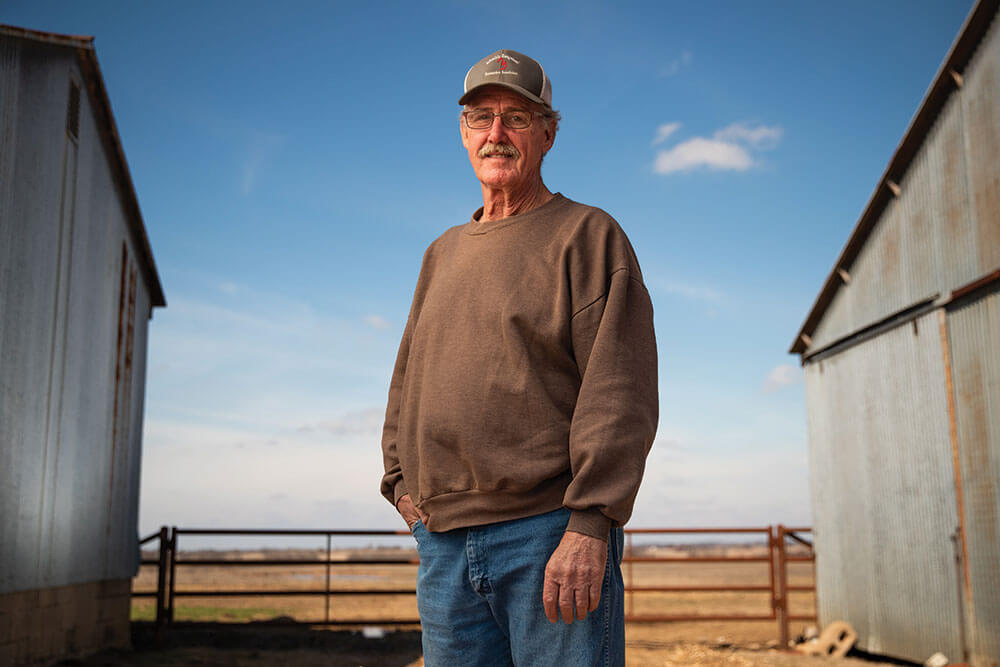

Prescribed Fire
Essential for the Land
“Part of minimizing soil disturbance, one of the five soil health principles, is to actually ‘optimize’ the timing, frequency, intensity and duration of management practices that disturb the soil. One such practice that is both a disturbance and an essential process for the land’s health is fire. The Great Plains evolved under a combination of fire, grazing and rest, and land managers who use a combination of all three will find the greatest success. The amount of fire you apply depends on your goals. You should constantly monitor your plant community diversity and structure and apply prescribed fire, in coordination with grazing and rest, accordingly. The ‘prescribed’ aspect of fire is critical, as it means you have a plan that encompasses both how you will implement the burn and how you will do it in a manner that is safe for both you and your neighbors. One of the best ways to get started learning how to safely conduct prescribed burns is to help someone more experienced. You can meet people with prescribed burning experience through a local prescribed burn association. If there is not an association in your area, contact your local NRCS or county extension office for information on how to start one.”
— Russell Stevens, strategic consultation manager and senior wildlife and range consultant
“I’m trying to get this place as biodiverse as I can through fire and grazing,” he says. “I’m sorely afraid two or three generations from now we won’t see the earth as we know it today.”
Reynolds focuses on proper grazing management and on keeping the ground covered with a living root in it as much as he can. Eight years ago, he completely converted to no-till and started incorporating cover crops. While the cover crops have been beneficial for the pollinators, he says he has had trouble with establishment.
“I give myself a ‘D’ grade with cover crops,” Reynolds says. “I can’t seem to consistently get a good stand, so I’m always talking to different people about what I could be trying. And I tell myself I’m going to do better next year.”
Still, his combination of cover crops, no-till and other regenerative practices, has resulted in a 2-4% increase of soil organic matter in some of his fields. It’s a huge win considering a 1% increase can help soil hold about 20,000 gallons of additional water per acre. His pastures are producing more forage, which has meant he has been able to add cows to the herd while decreasing the amount of hay he feeds — using it only to supplement his fall-calving herd.
For now, Reynolds continues to use his programming skills to pay what bills the operation can’t yet sustain. He has a part-time employee who feeds cattle when he needs to travel for business, and he buys breeding stock from a family in Gainesville, Texas, rather than raising his own — another goal for later down the road. He has also looked into composting as a fertilizer source and retaining ownership of his cattle through the feedyard.
Reynolds’ desire to take care of natural resources drives much of his decision-making, but he knows it has to work financially in order to be truly sustainable.
“It takes time and patience,” Reynolds says. “You can have all the know-how and want-to, but we’re learning to work with Mother Nature, and that takes rethinking practices and being willing to try new things. At the end of the day, though, I do this because I enjoy it and because it’s the right thing to do.”
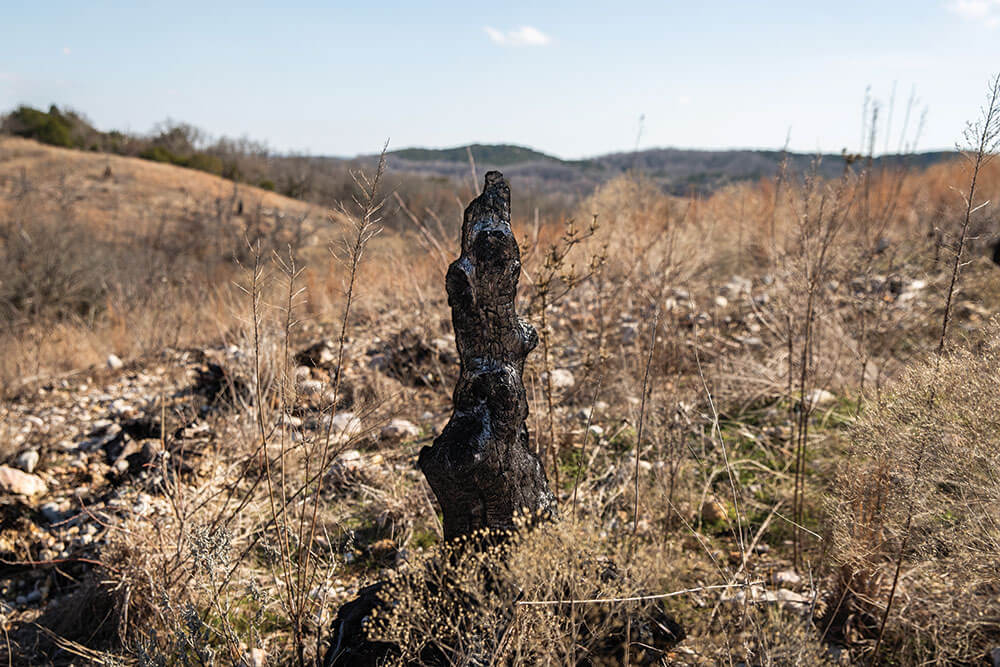
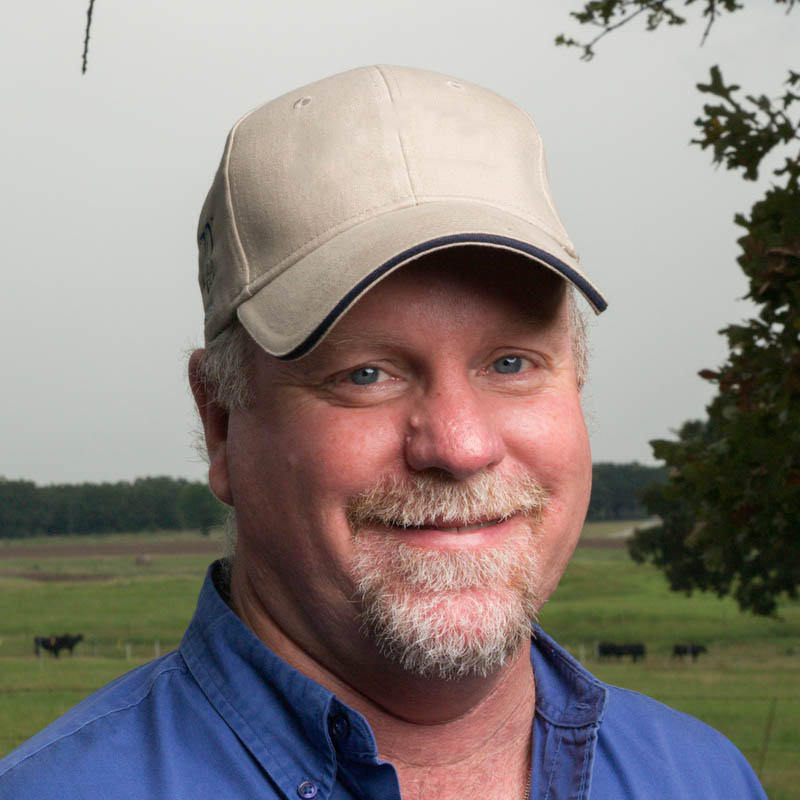
No-Till
Save Time and Fuel
“No-till is an attractive practice because it offers savings in time and horsepower required to produce a crop. It does require additional management and some special equipment, such as a no-till drill (planter) and sprayer. However, you’ll save on fuel costs and time as you’ll cut down the number of times you drive your tractor across the field in a season. It is common to expect yields to go down in the first few years of committing to a no-till system, but these yield losses are often mitigated by lower production costs. One should also start seeing increased water holding capacity, reduced erosion and a return to, at least, normal yield expectations within a few years of adopting no-till practices. As with any practice, remember that no-till is a tool that should be used in conjunction with other best management practices that help you follow good production and soil health principles. Producers should understand that no-till systems are not easier than tilled systems; they just substitute specific crop/forage management practices for tillage, resulting in lower production costs and a more sustainable production system.”
— James Locke, planned consultation manager and senior soils and crops consultant
Shane O’Daniel remembers when he used to spend more than 24 hours at a time out on the farm, mostly in a tractor, while baling hay then planting wheat. When he finally got home, there would be bills to pay and thoughts of needed equipment repairs hanging in the back of his mind.
“I had so little time for my family,” O’Daniel says. “I was tired of spending all that money. I just knew there had to be a better way.”
O’Daniel didn’t grow up farming. In fact, he moved to Weatherford, Oklahoma, in 1994, with plans to go to pharmacy school. To pay for his undergraduate degree, he took a job baling hay for Ivan Harrall, a farmer outside of town. O’Daniel realized he preferred being out in the field, and Harrall quickly became a father figure. By 2007, O’Daniel began buying into the operation as the elder man approached retirement.
O’Daniel’s biochemistry inclinations predisposed him to a curiosity of the soil and how it works. He became interested in trying new techniques, like no-till, on the primarily crop-based operation. No-till promised to help them cut back on fuel and equipment repair costs while saving time and building soil health. But Harrall, whose family had farmed the land since 1904, was not easily convinced.
“I had to prove to him that this could work,” O’Daniel says. “That wasn’t always easy. Change is never easy.”
O’Daniel began converting to no-till and incorporating cover crops in 2014 with Harrall’s reluctant blessing. Eventually, Harrall started seeing the positive changes, too, before his death in 2019.
“It used to be that when we got 3 inches of rain, we wouldn’t be able to drive across a field,” O’Daniel says. “When the soil organic matter started building up, that didn’t happen. Now we see 8-12 hours of rain infiltration without runoff.”
Adding biodiversity with cover crops twice each year has brought soil organic matter up more than 1%. Native plants, including milkweed for pollinators, are slowly returning. And as many as 21 earthworms, in addition to dung beetles, have appeared in one shovel-full of soil.
O’Daniel has gradually reduced his fertilizer and pesticide use as a result of these gains. Last year, he did not use fertilizer at all. It is noticeable in some spots, he says, but, each season, he weighs potential yield losses against what he could save in time, money and equipment. Then he reinvests those financial savings into soil health through the cover crops, which do double duty by serving as an additional forage source for cattle and boosting soil fertility. After five years of incorporating cattle on the covers, he’s seen as much as 70-bushel wheat in those fields. Letting the pastures rest does them good, too, and he has been able to add cows — now his No. 1 income source.
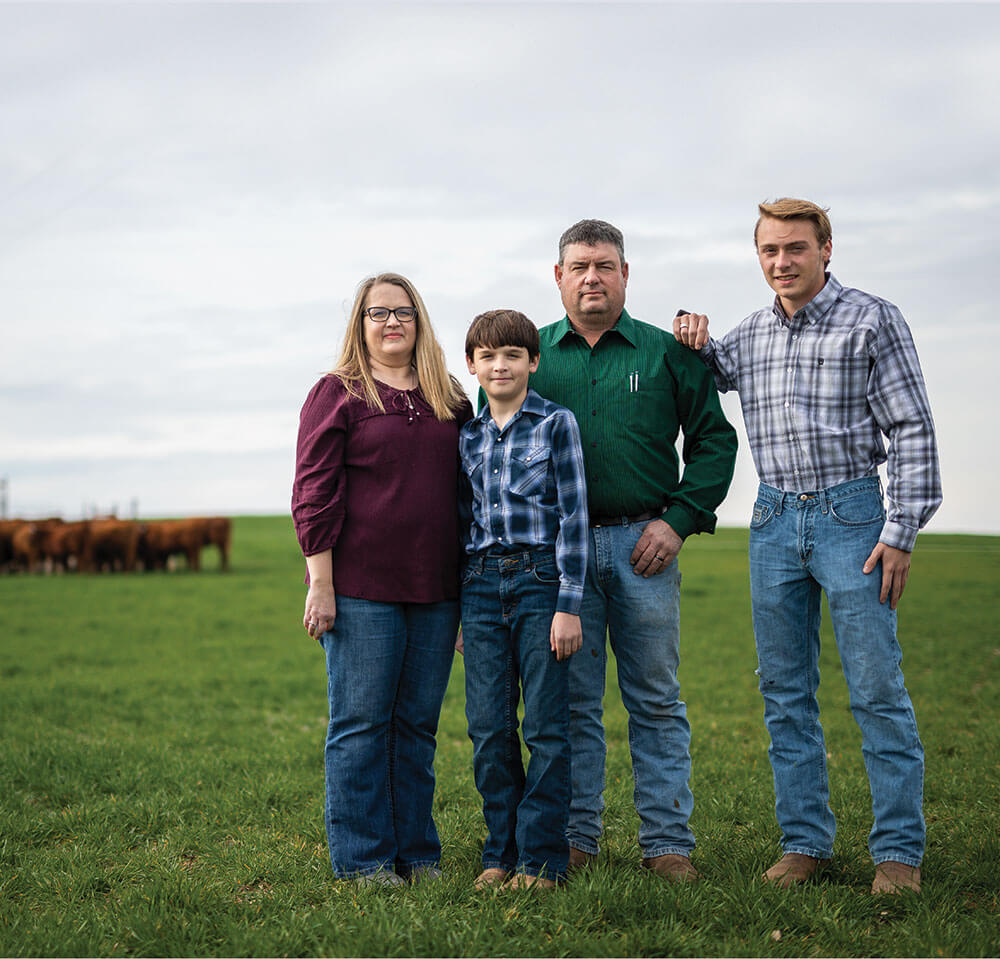
It’s challenging to control weeds without the help of a plow or pesticides, but he is working on placing his cattle strategically so they can eat those plants. He’s also considering adding sheep to his rotation, but he says he needs to get water systems and fences up first.
Most recently, O’Daniel bought 170 Corriente cows to cross with South Poll bulls. The Corriente, which are more commonly used for rodeos than beef production, are smaller framed and not as picky about which grasses they’ll eat. He hopes the South Poll will provide good maternal traits, like milk production, while the Corriente will provide a hardiness suited to the land. Either way, he says, he’ll make a profit because his costs are so low.
“It doesn’t matter what your cattle bring if you’re spending too much,” he says.
Every farm is like a puzzle. You’ve got to find out what works best for you, so go to seminars and workshops. Noble offers some great ones and helps organize other farm tours. … I like the events that have multiple speakers best. That way you get different perspectives. Most importantly, never stop learning.”
Shane O’Daniel
It’s these financial savings that continue to make change possible, O’Daniel says. In two years, he hopes to be debt free. He’s already paid off millions. And his family was able to take their first vacation together last year.
He admits not everyone is comfortable with some of his ideas, but he’s not afraid to try the things that stir up the neighbors in the coffee shop.
“I’m OK with them talking,” O’Daniel laughs. “There is no such thing as perfection on this journey, but it’s working.”
For More Resources
Prepare for the Regenerative Journey
Regenerative agriculture is a journey that will look different for each person who sets out on it. However, the road is more easily traveled with the help of friends and guides who have been on the path longer. Gain from their experience by using the resources below.
Cover Crops
Find more resources for getting started with cover crops at:
- So You Want To Grow Cover Crops: 3 Questions to Ask Before You Start
- Cover Crops: A Tool in Agricultural Production
- Observations of 20-Plus Cover Crop Species
Prescribed fire
For more information and help finding a prescribed burn association in your area, visit:
- Oklahoma Prescribed Burn Association
- Kansas Prescribed Fire Council
- Prescribed Burn Alliance of Texas
- Coalition of Prescribed Fire Councils
- The National Wild Turkey Federation
Regenerative Agriculture
Visit www.noble.org for more resources to help you along your regenerative agriculture journey.

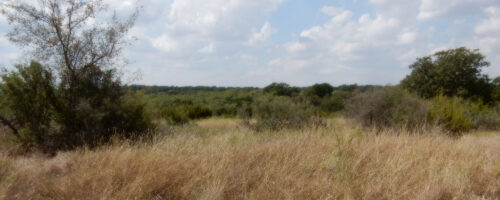
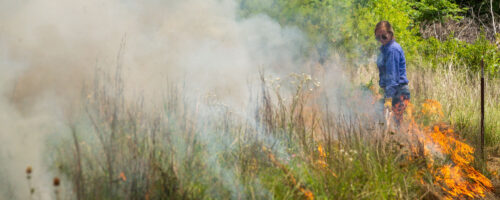
Comment